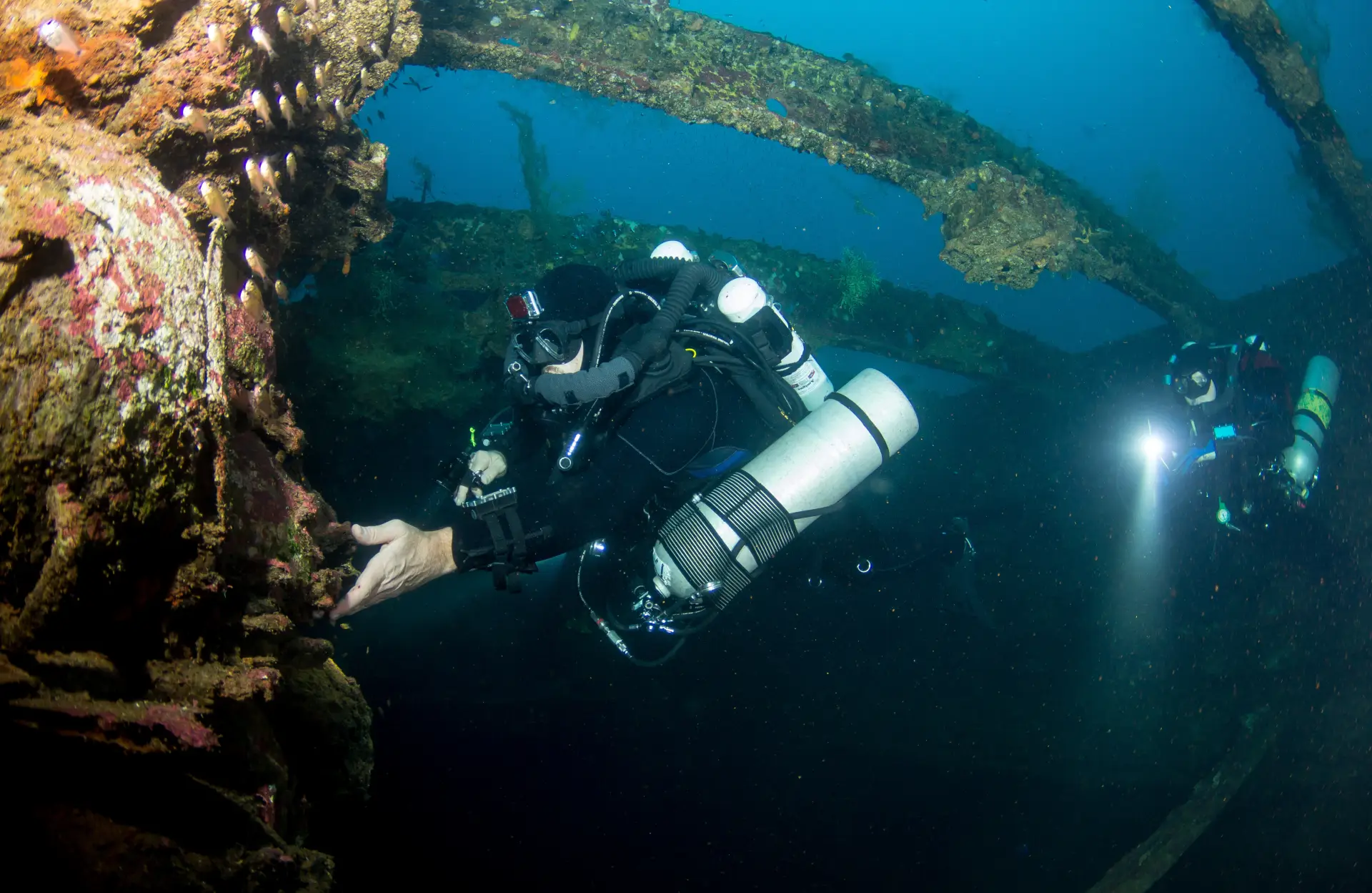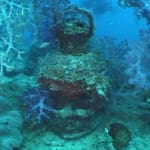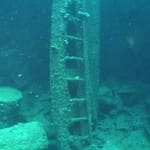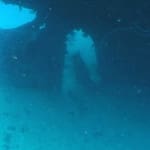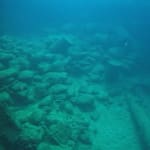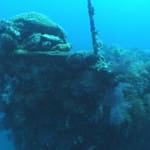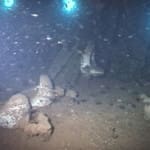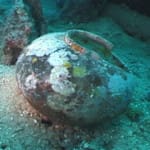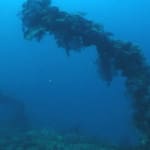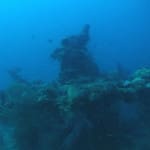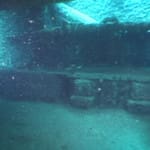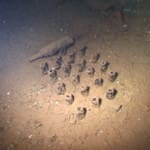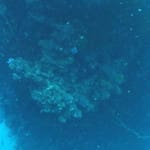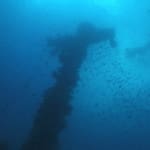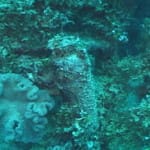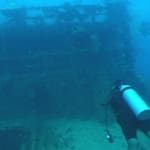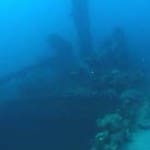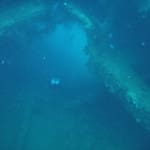The Hanakawa Maru: Exploring One of Truk Lagoon’s Hidden Wreck Diving Gems
Introduction to Truk Lagoon’s Wreck Diving Legacy
Truk Lagoon, also known as Chuuk Lagoon, is a mecca for wreck diving. The lagoon is home to over 60 shipwrecks from World War II, offering an unparalleled underwater museum of history. Among these wrecks, the Hanakawa Maru stands out as a dive site that combines historical significance with stunning underwater exploration opportunities.
The History of the Hanakawa Maru
The Hanakawa Maru was a Japanese freighter utilized during World War II. Originally built as a cargo vessel, she was later requisitioned by the Imperial Japanese Navy to support military operations in the Pacific Theater. The Hanakawa Maru played a crucial role in transporting supplies, ammunition, and personnel between the various Pacific islands.
In February 1944, during Operation Hailstone, a massive U.S. Navy aerial attack targeted Truk Lagoon, sinking many Japanese ships, including the Hanakawa Maru. The wreck now rests at the bottom of the lagoon, a silent witness to the intense battles that once raged overhead.
The Dive Experience: What to Expect
Diving the Hanakawa Maru is an experience that blends history, adventure, and marine life. The wreck lies at a depth of approximately 30 meters (100 feet), making it accessible to intermediate and advanced divers. The ship is relatively intact, offering a unique glimpse into the past.
1. Exterior Exploration: As you descend, the outline of the Hanakawa Maru comes into view, gradually revealing her ghostly silhouette. The ship’s hull is covered in a thick layer of coral, providing a colorful contrast to the otherwise somber wreck. Schools of fish, including barracuda and trevally, often patrol the area, adding an element of excitement to the dive.
Divers can explore the deck, which still features some of the ship’s original structures, such as the remains of the cargo holds and the deck gun. The superstructure is particularly fascinating, with its eerie windows and doors, now home to a variety of marine creatures.
2. Penetration Diving: For those with the appropriate training and experience, the Hanakawa Maru offers the opportunity for penetration diving. The cargo holds are particularly interesting, as they still contain remnants of the supplies the ship was carrying when it was sunk. Divers can expect to see everything from bottles and ammunition to machinery parts, all encrusted with decades of marine growth.
One of the highlights of penetrating the Hanakawa Maru is the engine room, which remains relatively intact. The massive engines, though silent, are a testament to the ship’s once-powerful capabilities. Exploring these confined spaces requires careful maneuvering and a respect for the history that surrounds you.
Marine Life and Photographic Opportunities
The Hanakawa Maru, like many wrecks in Truk Lagoon, has become an artificial reef, attracting a wide variety of marine life. The ship’s structure provides shelter for countless species, from small invertebrates to large predatory fish. It’s not uncommon to encounter sea turtles, rays, and even sharks as you explore the wreck.
For underwater photographers, the Hanakawa Maru offers a wealth of opportunities. The contrast between the ship’s dark, rusting metal and the vibrant marine life creates striking compositions. Macro photographers will also find plenty of subjects, with nudibranchs, shrimp, and other small creatures thriving in the nooks and crannies of the wreck.
The Significance of the Hanakawa Maru in Wreck Diving
While the Hanakawa Maru may not be as famous as some of the other wrecks in Truk Lagoon, it holds a special place in the hearts of those who have dived it. The wreck’s relatively intact condition, combined with its historical significance and rich marine life, makes it a must-dive site for anyone visiting Truk Lagoon.
Diving the Hanakawa Maru is more than just an underwater adventure; it’s a journey back in time. The wreck serves as a powerful reminder of the human cost of war and the resilience of nature, as the ship has transformed from a tool of conflict into a thriving marine habitat.
Practical Tips for Diving the Hanakawa Maru
- Dive Certification: Advanced Open Water certification is recommended, especially if you plan to penetrate the wreck.
- Best Time to Dive: The optimal diving conditions in Truk Lagoon are between December and April when the waters are calm and visibility is at its best.
- Equipment: Bring a dive light if you plan to explore the interior of the wreck. A wide-angle lens is recommended for photographers to capture the full scale of the ship.
- Dive Guide: Consider hiring a local dive guide who is familiar with the wreck, as they can point out areas of interest and ensure a safe dive.
The Hanakawa Maru Awaits
The Hanakawa Maru is more than just a wreck; it’s a historical artifact, a marine oasis, and a diver’s playground all rolled into one. Whether you’re a history buff, a marine life enthusiast, or simply looking for a unique dive experience, the Hanakawa Maru offers something for everyone. Don’t miss the opportunity to explore this hidden gem on your next trip to Truk Lagoon.

